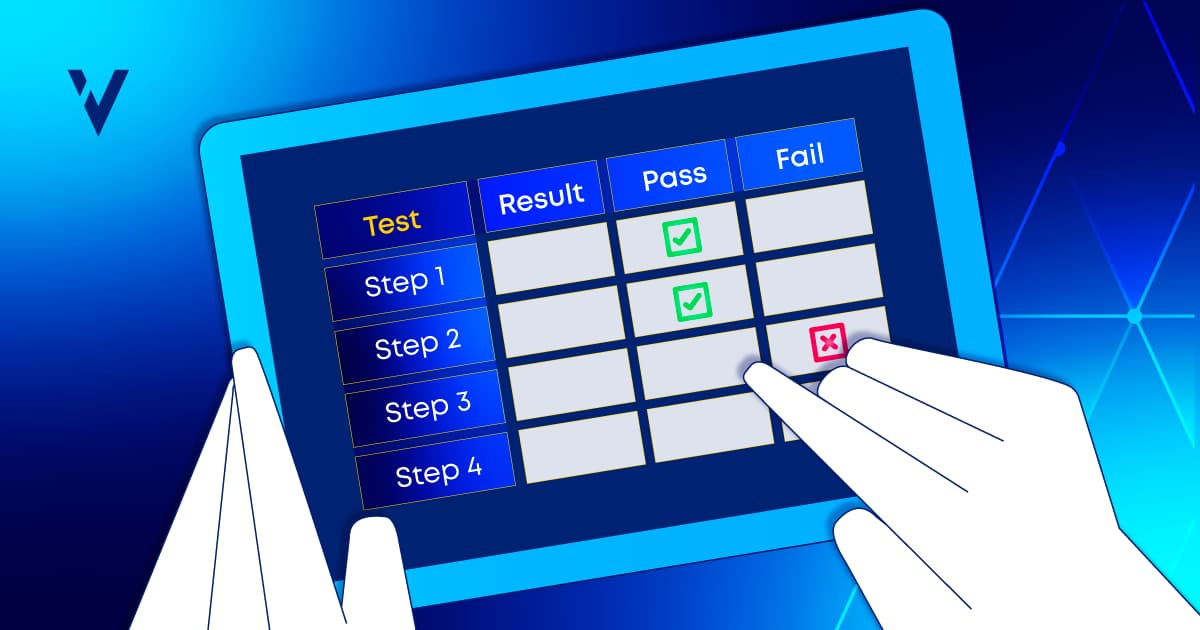Change doesn’t come easily in life sciences, where scientific rigor guides research, development, and compliance. Strict regulatory requirements, risk aversion, and the high stakes of ensuring patient safety often slow the adoption of new technologies. Convincing internal stakeholders to transition to digital validation workflows requires a strategic approach. These four key conversations will help you build a strong case for moving beyond paper-based processes.
#1. Securing Leadership Buy-In
Gaining executive support is essential for any IT investment. To justify the shift to digital validation, you must demonstrate why it’s worth the time required for implementation, training, and process adaptation, as well as the financial and operational resources needed for software and ongoing support. Focus on these three key points to make a strong case:
- Better decision-making. Digitizing validation provides real-time visibility into bottlenecks, enabling leaders to make informed decisions throughout the product development lifecycle.
- Fast ROI. Companies can achieve efficiency gains of 50% or more across the validation lifecycle. Since validation accounts for 20% of product development, digitizing the process can reduce development time and costs by 10%—with ROI compounding over multiple projects.
- Future-proofing operations. Companies striving for smarter, more connected manufacturing and compliance processes can’t rely on paper-based validation. A modern validation lifecycle management solution (VLMS) is a critical step toward industry-wide digital transformation and a key enabler of Pharma 4.0, ensuring seamless data integration, automation, and real-time insights.
#2. Communicating Benefits to Business Units
While executives focus on company-wide impact, business unit leaders need to understand how digital validation improves their teams' workflows. Use these key points to guide discussions with department heads:
- Validation teams gain access to a traceability matrix that’s generated and maintained in real time. This makes validation significantly more agile throughout the product development lifecycle. It also enables teams to identify and mitigate issues before they pose a substantial risk to the product.
- Quality assurance (QA) benefits from a standardized process. QA teams can also spend less time on the minutia and more time reviewing the technical controls that impact product quality and compliance.
- Manufacturing and IT significantly improve efficiency. Digital workflows for validation plans, traceability matrices, risk assessments, protocol execution, and revalidation schedules can increase efficiency by 50% or more.
#3. Highlighting the Existing Precedent for Automation
One of the most common objections to digital validation is that it requires a significant change in mindset, workflows, and daily operations. However, life sciences companies have already embraced technology-driven solutions in many critical areas. Highlighting these existing solutions can help stakeholders see digital validation as a natural next step.
- Quality Management Systems (QMS) standardize and automate quality processes, including document control, CAPAs, and audits, ensuring compliance and efficiency.
- Laboratory Information Management Systems (LIMS) streamline sample management, data tracking, and reporting, reducing manual errors and improving data integrity.
- Manufacturing Execution Systems (MES) enable real-time production monitoring, electronic batch records, and automated workflows to enhance efficiency and traceability.
- Enterprise Resource Planning (ERP) systems integrate financial, supply chain, and operational data to support decision-making and regulatory compliance.
A robust digital validation solution, such as ValGenesis VLMS, integrates seamlessly with these platforms, ensuring a connected ecosystem where validation workflows align with existing business processes. Integration eliminates data silos, reduces redundancy, and enhances efficiency by enabling real-time data exchange between validation, quality, manufacturing, and IT systems.
Life sciences organizations have already recognized the value of digital transformation in these areas. Adopting digital validation is simply the next step in modernizing operations, improving efficiency, and maintaining compliance
#4. Demonstrating the Potential for Proactive Decision-making
One of the biggest advantages of moving from paper-based to digital validation is transforming a reactive, labor-intensive process to a proactive and prescriptive one. Technology-driven workflows ensure validation occurs continuously and seamlessly. Key advantages include:
- Continuous validation. Traditional methods require significant manual effort, making revalidation cumbersome and time-consuming. Automation streamlines the process, allowing validation to occur in real-time, reducing timelines from weeks to days—or days to minutes.
- Real-time traceability. Digital tools allow trace matrices to be built and updated continuously, ensuring they remain accurate and audit-ready. Dynamic trace matrices automatically identify the impact of testing on requirements and specifications while eliminating delays and the risks associated with manually updating them at the end of the validation workflow.
- Faster issue resolution. Real-time validation detects and prioritizes issues as they arise. Fixing problems early prevents costly rework and ensures that defects don’t escalate into larger, more complex challenges.
- Process transformation. Simply digitizing a manual process can carry over inefficiencies from paper-based workflows. A robust validation solution eliminates redundant tasks—such as manual data entry and version control—allowing reviewers to focus on high-value activities.
- A new standard for validation. Paper-based workflows persist largely because they’ve been the default. The efficiencies gained through digital validation platforms, from planning and execution to tracking and maintenance, allow life sciences companies to redefine standard operating procedures (SOPs) for greater agility and compliance.
The Industry—and Regulators—Are Moving Forward
Change is never easy, but regulators are making it clear: digital validation isn’t just beneficial—it’s the future of compliance. Agencies such as the FDA, EMA, and MHRA recognize the limitations of paper-based validation and are encouraging life sciences companies to adopt modern, risk-based approaches.
The FDA’s Computer Software Assurance (CSA) framework is a prime example. CSA shifts the focus from excessive documentation to critical thinking, automation, and efficiency, ensuring validation efforts align with actual risk rather than outdated compliance practices.
By embracing digital validation with a proven, purpose-built VLMS, your organization can stay ahead of evolving regulatory expectations, streamline compliance, and drive operational excellence.
The conversation is already happening—is your company ready to lead it? Watch the webinar below to learn why industry leaders are embracing digital validation to stay ahead.
Digital Validation
Emmanuel Cansino
Senior Director Industry Solutions



